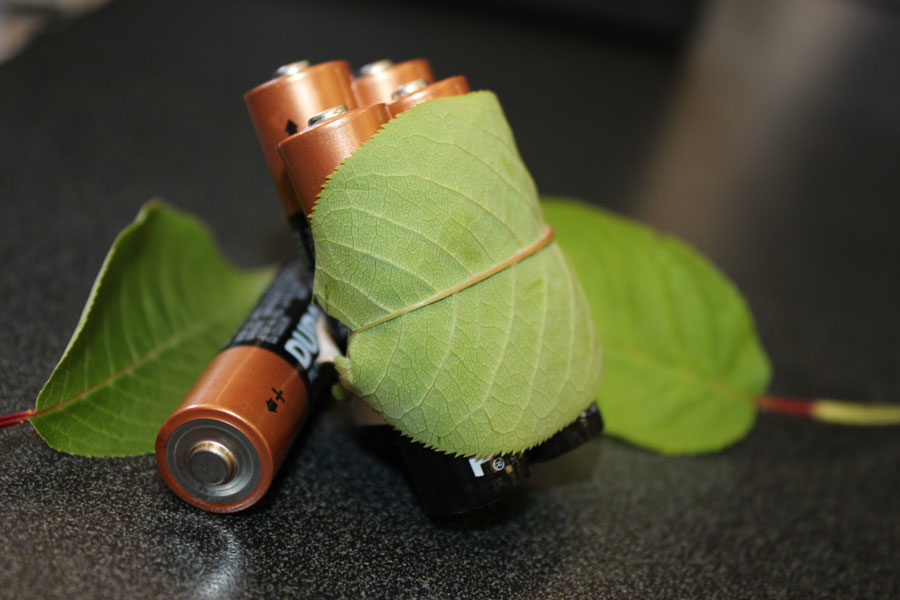Algae-based biofuels: Not a thing yet
May 11, 2018
Biofuels are green fuels that are created from all sorts of vegetable matter, such as corn, soy, sugarcane, and recycled vegetable oils. They can also be derived from algae, a nonflowering plant that includes many single-celled forms as well as seaweeds.
Biofuels are derived from living matter. This separates them from petroleum-derived gasoline and diesel, which were at one point biofuels, but after millions of years of decomposing plants and animals are now known as fossils fuels.
Because of the huge petroleum deposits that have kept gasoline and diesel cheap, biofuels have been overlooked, according to “National Geographic.” However, due to volatile oil prices and the growing concern over global warming, biofuels are once again at the frontline.
Algae-based biofuels had been projected to take off by 2014. Back then, Jim Lane of “Biofuels Digest” made one of history’s least accurate market forecasts, projecting that algae-biofuel capacity would reach 1 billion gallons by 2014 as various entrepreneurs and major companies made huge claims about the fuel’s future.
But nothing even close to 1 billion has been achieved yet, according to Eric Wesoff in his article “Hard Lessons From the Great Algae Biofuel Bubble.”
The most vital ingredients to growing algae include carbon dioxide and sunlight. But surprise, surprise — that doesn’t mean it’s free.
Due to the organism’s efficiency, some are able to double in size in 24 hours. According to Collin Ruddick writing on the website Energy.gov, an acre would produce anywhere from 2,000 to 5,000 gallons of fuel per acre per year.
Given its benefits, all of which include high yields and a clean energy source, why hasn’t this yield been accomplished? For that matter, why hasn’t the whole world gone to green energy?
Because it is expensive.
Solix, a biofuel startup company, can produce biofuel from algae right now at about $32.81 a gallon, according to Bryan Wilson, a co-founder of the company.
The production cost is so high because of the energy required to circulate gases and other materials inside the photo bioreactors where the algae grow, as well as the energy required to dry out the biomass.
So will algae-based biofuels ever be able to compete with traditional fuels? Although many argue that as the industry develops the costs will decrease, it is not predicted to happen any time soon.
According to Wesoff, “[Considering] the immense technical risks and daunting capital costs of building an algae fuel company, it doesn’t seem like a reasonable venture capital play.”
Will commercial airplanes, or better yet your next car, be running on algae-derived fuels anytime soon? Chances are no, but perhaps the most miraculous aspect that algae has to provide (besides maybe saving the world) is not fueling machine engines but the human engine: Spirulina.
Perhaps there is still hope for the algae business. The natural algae powder Spirulina is often claimed to be a “super food.” Various sources claim it is a low-calorie, protein-rich nutrient with as much as 57 grams of protein per 100 grams, as well plenty of other vitamins.
Wellness Mama, a website about natural foods and remedies, states that although spirulina “does taste like pond scum,” which it essentially is, it “has some great health-boosting qualities.”
So maybe algae does have a future as a fuel, not just as a miniature green villain in SpongeBob.


